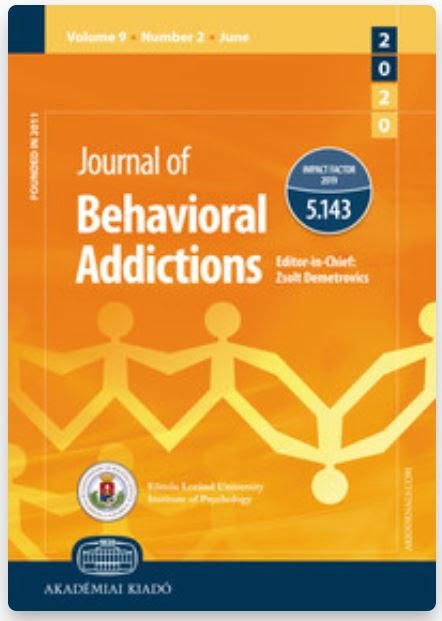Comment: This important paper based on recent research, gently corrects some of the misleading porn research claims: What should be included in the criteria for compulsive sexual behavior disorder? Among the highlights, the authors take on the disingenuous “moral incongruence” concept so popular with anti-porn addiction researchers. MI section reproduced below.
+++++++++++++++++++++++++++++++++++++++++++++++++++++++
Moral Incongruence Section
The current description of CSBD also includes a statement that a diagnosis of CSBD should not be made if distress is related entirely to moral disapproval or judgments. This statement reflects recent investigations into possible influences of religious and moral beliefs on seeking treatment for CSB (Grubbs et al., 2018; Grubbs, Kraus, Perry, Lewczuk, & Gola, 2020; Lewczuk, Szmyd, Skorko, & Gola, 2017; Lewczuk, Glica, Nowakowska, Gola, & Grubbs, 2020), data that were unavailable when HD was proposed for DSM-5. However, feelings of moral incongruence should not arbitrarily disqualify an individual from receiving a diagnosis of CSBD. For example, viewing of sexually explicit material that is not in alignment with one’s moral beliefs (for example, pornography that includes violence towards and objectification of women (Bridges et al., 2010), racism (Fritz, Malic, Paul, & Zhou, 2020), themes of rape and incest (Bőthe et al., 2021; Rothman, Kaczmarsky, Burke, Jansen, & Baughman, 2015) may be reported as morally incongruent, and objectively excessive viewing of such material may also result in impairment in multiple domains (e.g., legal, occupational, personal and familial). Also, one may feel moral incongruence about other behaviors (e.g., gambling in gambling disorder or substance use in substance use disorders), yet moral incongruence is not considered in the criteria for conditions related to these behaviors, even though it may warrant consideration during treatment (Lewczuk, Nowakowska, Lewandowska, Potenza, & Gola, 2020). There may also be important cross-cultural differences relating to religiosity that may impact perceived moral incongruence (Lewczuk et al., 2020). Furthermore, researchers have raised questions about whether models dichotomizing CSB involving the presence or absence of moral incongruence are as distinct as proposed (Brand, Antons, Wegmann, & Potenza, 2019). Thus, although moral incongruence may have clinical relevance in what motivates individuals to seek treatment for CSB (Kraus & Sweeney, 2019), its role in the etiology of and definition of CSBD warrants additional understanding.
For much more see these articles by YBOP:
- New study shatters the “moral incongruence model of pornography addiction” (2020)
- Research suggests the Grubbs, Perry, Wilt, Reid review is disingenuous (“Pornography Problems Due to Moral Incongruence: An Integrative Model with a Systematic Review and Meta-Analysis”) 2018.
Formal criticisms in Archives of Sexual Behavior of “Pornography Problems Due to Moral Incongruence: An Integrative Model with a Systematic Review and Meta-Analysis” (2018):
- Dysregulated Pornography Use and the Possibility of a Unipathway Approach (2018), by Paul J. Wright
- Stuck in the Porn Box (2018), by Brian J. Willoughby
- Hitting the Target: Considerations for Differential Diagnosis When Treating Individuals for Problematic Use of Pornography (2018), by Shane W. Kraus & Patricia J. Sweeney
- Theoretical Assumptions on Pornography Problems Due to Moral Incongruence and Mechanisms of Addictive or Compulsive Use of Pornography: Are the Two “Conditions” as Theoretically Distinct as Suggested? (2018) by Matthias Brand, Stephanie Antons, Elisa Wegmann, Marc N. Potenza
